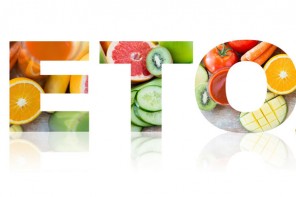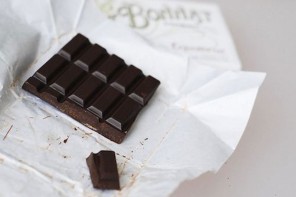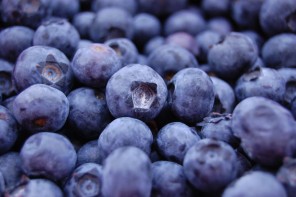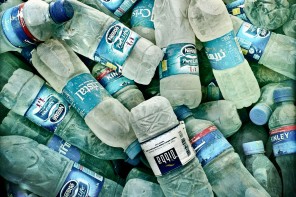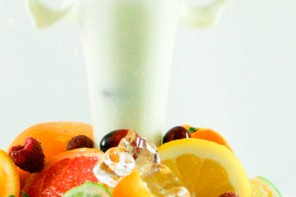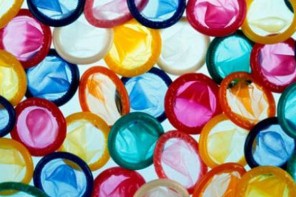When you purchase plastic, chances are you scrutinise the ingredients of whatever food or baby product you’re buying, but there could be poison lingering in that packaging.
Recently scientists in the UK called for safety trials to be carried out on a chemical that’s usually found in plastic food packaging. The reason was because research indicated that a chemical called Bisphenol A (BPA) could possibly cause illnesses such as heart disease. BPA has already been banned in infant feeding bottles in the European Union since last year because of possible health risks, so it’s definitely worth giving a miss.
What is BPA?
According to Wikipedia, BPA is used to make polycarbonate polymers and resins along with other materials in the production of plastic. According to the U.S. Food and Drug Administration, BPA is an industrial chemical that is not limited to plastic – although it is found in many hard plastics, it is also located in metal-based food and beverage containers.
Bad BPA
The scary thing about BPA is that it’s a molecule that mimics the hormone estrogen. In some research studies when the injection of BPA was administered to lab rodents, it resulted in hormonal dysfunction and tumours. In fact, there have been over 150 scientific journals that have demonstrated the dangers of small amounts of BPA in lab animals. Many scientists are becoming more and more concerned that long-term exposure to the chemical could result in problems and diseases in humans too, with such diseases including infertility and cancers.
How to spot BPA in plastics:
In general, plastics that are marked with the recycle codes 1, 2, 4, 5, and 6 are very unlikely to contain BPA. Some plastics that are marked with recycle codes 3 or 7 may be made with BPA so it’s best to avoid them. It’s not always easy to know for certain what products contain BPA and to eliminate them completely, though. BPA could very well be present in certain unlikely places you haven’t considered, such as the liner in your favourite fruit juice.
But there are ways to protect yourself against BPA as much as possible.
Be free of BPA
It’s better to play it safe and try to eliminate plastic as much as possible from your home. This comes with the added bonus of being much better for the environment because it prevents waste.
Some ways to prevent contact with BPA:
- Don’t let plastic be heated, either in the dishwasher or the microwave because this releases BPA. When BPA is exposed to heat, it leaks out of plastics 55 times faster than normal!
- If you have to use plastic, try to limit the release of BPA. For instance, let food cool down before you place it in plastic containers; specifically avoid using plastic containers for foods that contain acid (such as tomatoes) because this results in the faster release of BPA; and stop using plastic containers or bottles that look hazy or have cracks in them because they could be leaking chemicals.
- Use glass instead of plastic to store foods.
- Use stainless steel travel mugs and water bottles instead of plastic ones.
- Try to limit your use of canned foods and beverages because the liners of the metal cans often contain BPA.
- Try to find kitchen appliances that are made of metal instead of the plastic varieties because these will be in contact with the food you are making.
- Purchase baby products that do not contain the code “7 PC” or “7 Other” because these are not BPA-free. If the product does not contain a code at all, then it’s also best not to purchase it just to be on the safe side.
Image via morguefile.com


